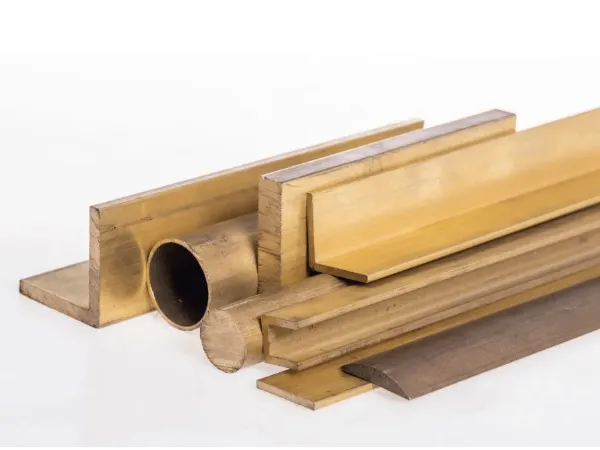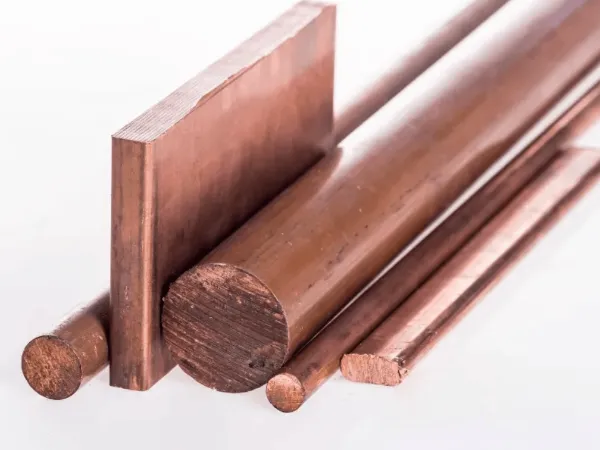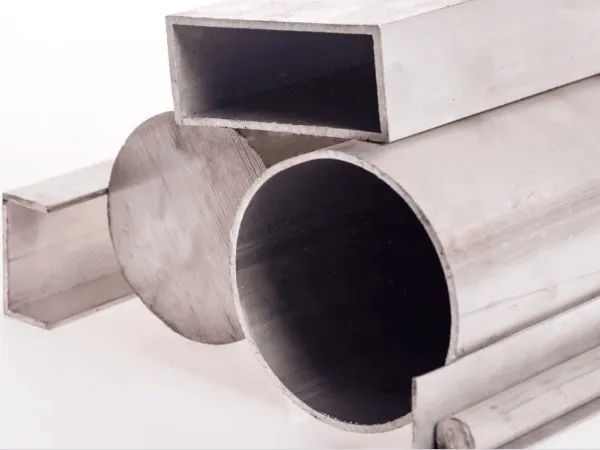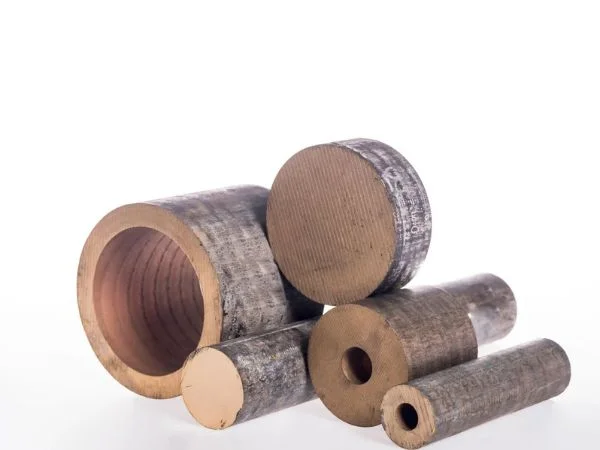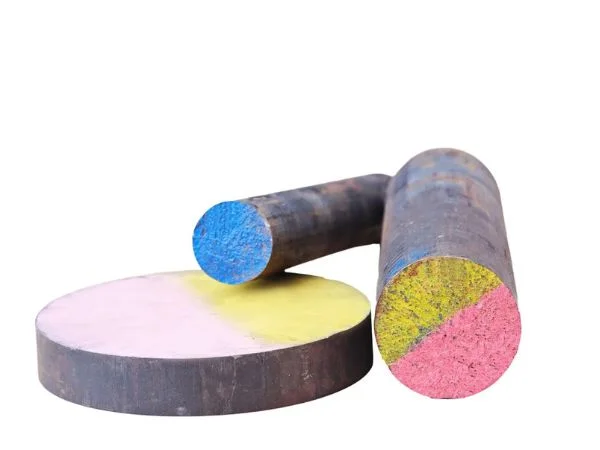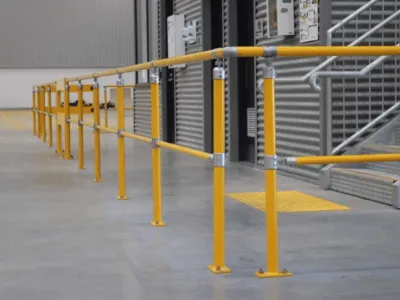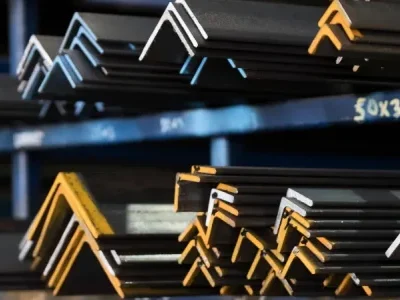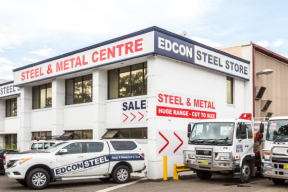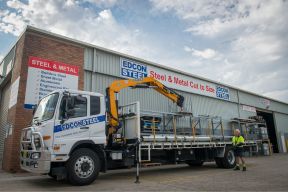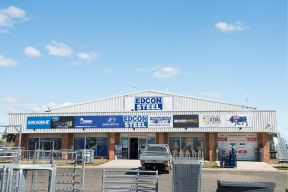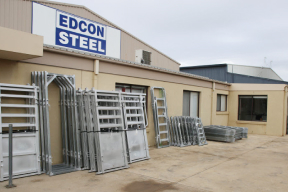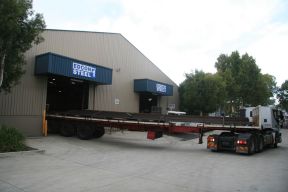Beginners guide to brass
The latest edition of our beginner’s guide is all about brass. Here, we delve into the key characteristics and diverse applications of this versatile material.
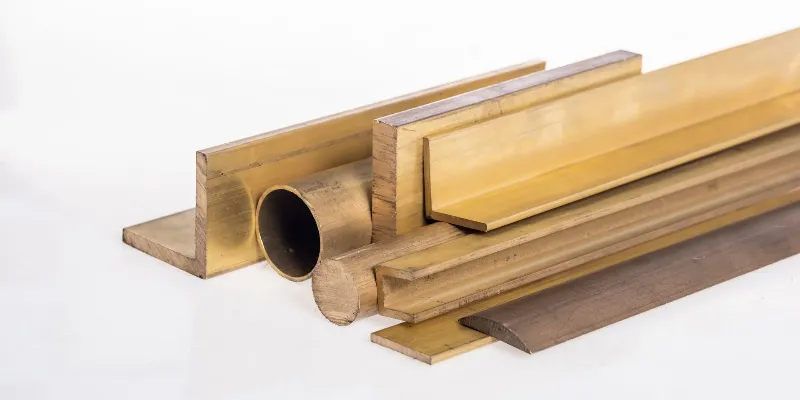
What is brass?
Brass is an alloy of copper and zinc, the proportions of which can be varied to achieve different colours and properties. Similar to bronze, brass often contains small amounts of other elements such as lead, tin, or iron, depending on the desired properties. A popular material since ancient times, brass is one of the most widely used materials due to its desirable characteristics, which make it suitable for a broad range of applications.
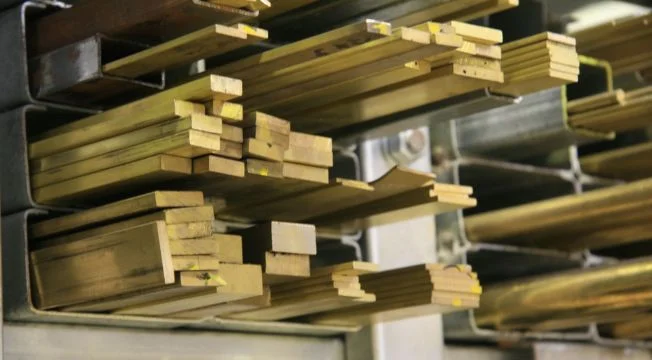
Characteristics of brass
Corrosion resistance
One of the most notable characteristics of brass is its resistance to corrosion, particularly in environments exposed to moisture or air. The high copper content in brass offers an inherent resistance to oxidation and rust, while the zinc content also improves its overall corrosion resistance. This makes brass an ideal choice for applications in environments where other metals, such as steel, might corrode. For example, brass is often used in plumbing fixtures, such as faucets, pipes, and fittings, as it is resistant to the effects of water and moisture, offering long-term durability.
Strength and durability
Brass is also favoured for its high strength-to-weight ratio. This means it can endure significant mechanical stresses without being excessively heavy. Brass is tougher than pure copper while maintaining much of the copper’s flexibility, making it durable and reliable in a range of applications. For example, brass is often used in mechanical parts like gears, bearings, and bushings as it can withstand wear and tear while maintaining its integrity over time.
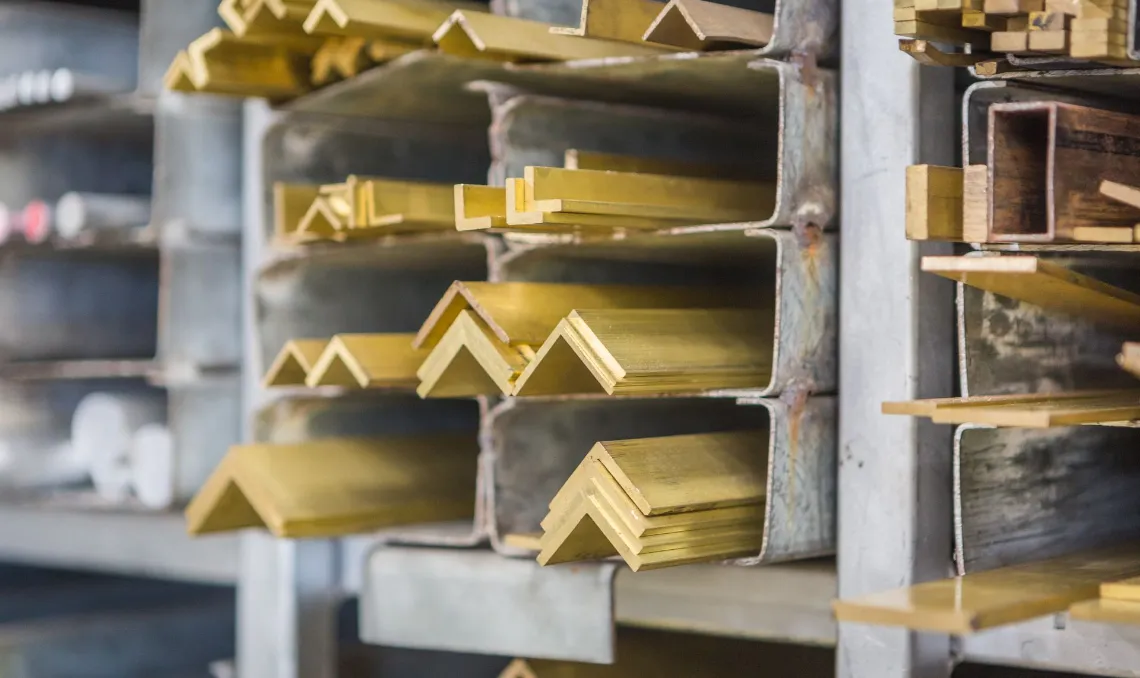
Malleability and Workability
Brass is inherently malleable, which means it can be easily shaped, formed, and machined without breaking or cracking. Because of this, brass is a favoured material for applications that require intricate designs or precise manufacturing. It is also easy to machine and doesn’t require specialised tools, making it a favourite among manufacturers.
Conductivity
Pure copper is highly conductive, so it is no surprise that brass has good electrical and thermal conductivity. As such, brass is often used for electrical connectors, terminals, and switches, as it offers an acceptable level of conductivity combined with superior corrosion resistance.
Aesthetic Appeal
Brass is a favourite among architects and interior designers, who often use the material for ornamental fixtures like door handles, light fixtures, and knobs. Its distinctive appearance, often compared to gold, makes it a popular choice for decorative and artistic applications. While brass may develop a patina or slight discolouration over time, it generally resists the kind of tarnishing that affects other metals like silver or copper.
Browse Edcon’s range of metals
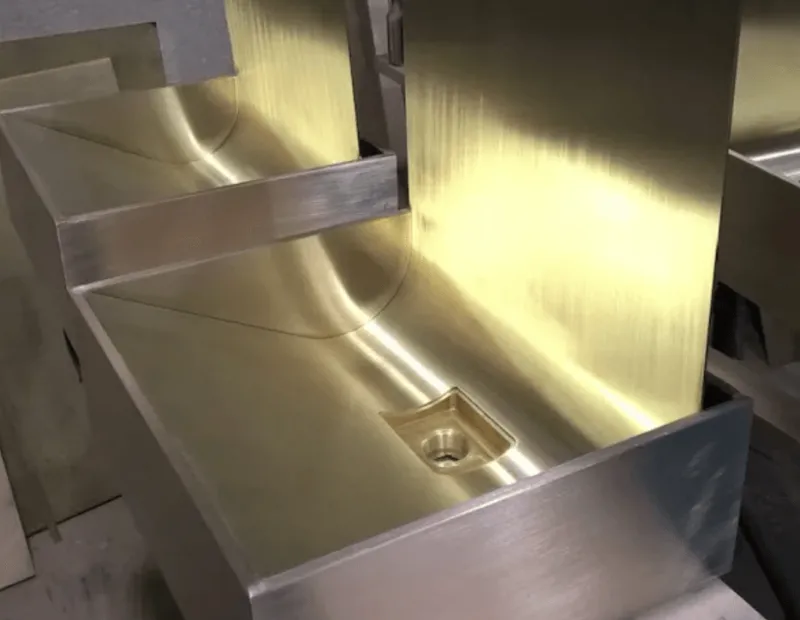
Brass applications
Brass is widely used in various industries for its sought-after characteristics and aesthetic appeal.
Construction and architectural applications
- Hardware and Fittings: Door handles, locks, hinges, and knobs.
- Plumbing: Standard material for faucets, sinks, valves, and pipe fittings
- Electrical Applications: Commonly used in electrical connectors, terminals, and wiring systems.
Machinery and Engineering applications
- Bearings and Bushings
- Gears and Pulleys: manufacturing gears, pulleys, and other mechanical components.
- Marine Equipment: propellers, pumps, and valves.
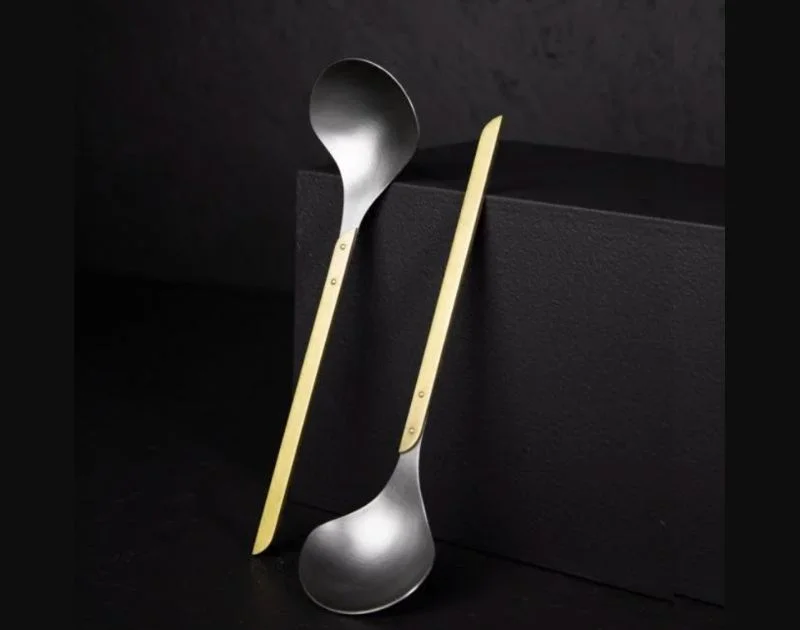
Jewellery and decorative applications
- Jewellery: rings, necklaces, bracelets, and pendants.
- Decorative Items: ornaments, buttons, and figurines.
Automotive and Aerospace applications
- Radiators and heat exchangers
- Carburettors and valves
- Aircraft Fittings and Components: fittings, hydraulic systems, and various other components where durability is crucial.
Home Goods and Appliances
- Decorative Fixtures: light fixtures, chandeliers, and other decorative elements in the home.
- Kitchenware: Some kitchen utensils, such as handles for pots and pans, cutlery or faucets.
- Furniture Hardware: drawer pulls, cabinet knobs, and decorative accents.
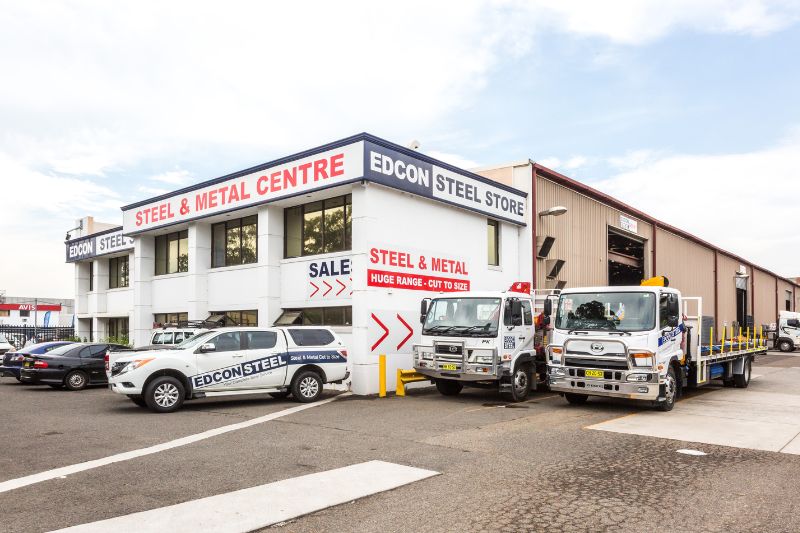
Buy metal online from Edcon Steel
At Edcon Steel, we pride ourselves on the expertise of our staff, our level of customer service and the depth of our local market knowledge.
You can visit our stores to browse the range or pick up an online order. Our staff are on hand to answer any questions you have about our full range of products and services, so feel free to contact us for your steel or metal solution today.

